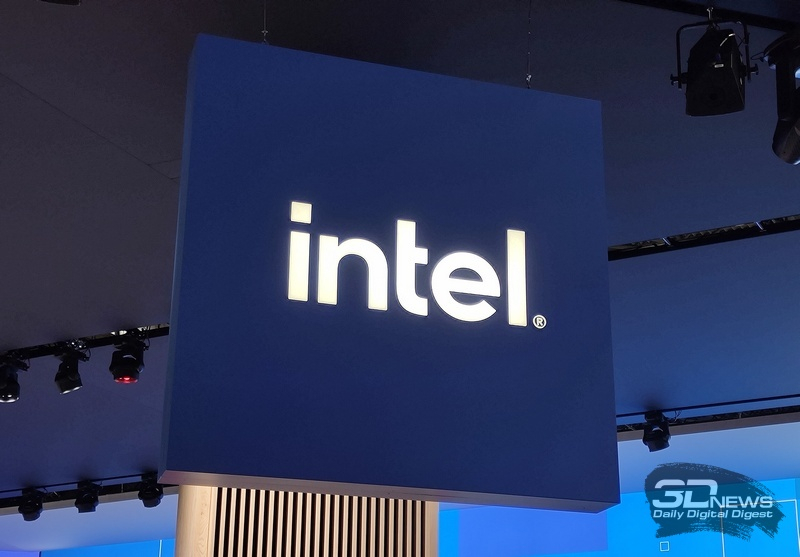The US Commerce Department announced on Tuesday that it had completed a government subsidy for Intel in the amount of $7.86 billion. This is noticeably less than the $8.5 billion announced in March. The decrease in government subsidies is due to the fact that the chip manufacturer received a separate grant of $3 billion from the Pentagon.

The subsidy allocated to Intel is the largest of all that will be provided to companies as part of the CHIPS and Science Act adopted in 2022. It aims to boost domestic semiconductor manufacturing with $52.7 billion in funding, including $39 billion for semiconductor manufacturing and $11 billion for research.
«This means that for the first time in a long time, American-designed chips will be manufactured and packaged by American workers in the United States by an American company,” said Commerce Secretary Gina Raimondo. Intel CEO Patrick Gelsinger said Tuesday that “strong bipartisan support for restoring America’s leadership in technology and manufacturing is spurring historic investments that are critical to the country’s long-term economic growth and national security.”
Government support will be used to support Intel’s manufacturing projects in Arizona, New Mexico, Ohio and Oregon, worth about $90 billion. Intel has already completed some initial phases of the project and will receive at least $1 billion of the allocated amount by the end of December, a government official told reporters , adding that the grant cut is not related to Intel’s broader problems this year.
A US Commerce Department spokesman said the reduction in subsidies from $8.5 billion to $7.86 billion is due to the fact that the Pentagon grant is paid for from the $39 billion that lawmakers allocated for subsidies for the production of chips, and not from the military budget. It was previously reported that the reduction in subsidies may be due to the fact that Intel refuses to fulfill some of the conditions – the company has postponed a number of projects to create new production facilities due to a serious internal crisis.
However, the company announced on Tuesday that it had decided not to issue an $11 billion government loan at a preferential rate because its terms “were less favorable than expected for Intel shareholders and are not consistent with the long-term interests of Intel’s growth and market.” Intel said it looks forward to working with the new administration to adjust the loan agreement provisions in the future.
Intel said it also plans to seek a Treasury Investment Tax Credit from the U.S. Treasury, which is expected to amount to up to 25% of its planned investments in new factories and expansion of existing production facilities of more than $100 billion.
US Secretary of Commerce Gina Raimondo also noted that the subsidy received by Intel was the sixth of the number already allocated to companies, and that subsidies to the remaining companies will be completed in the coming weeks.